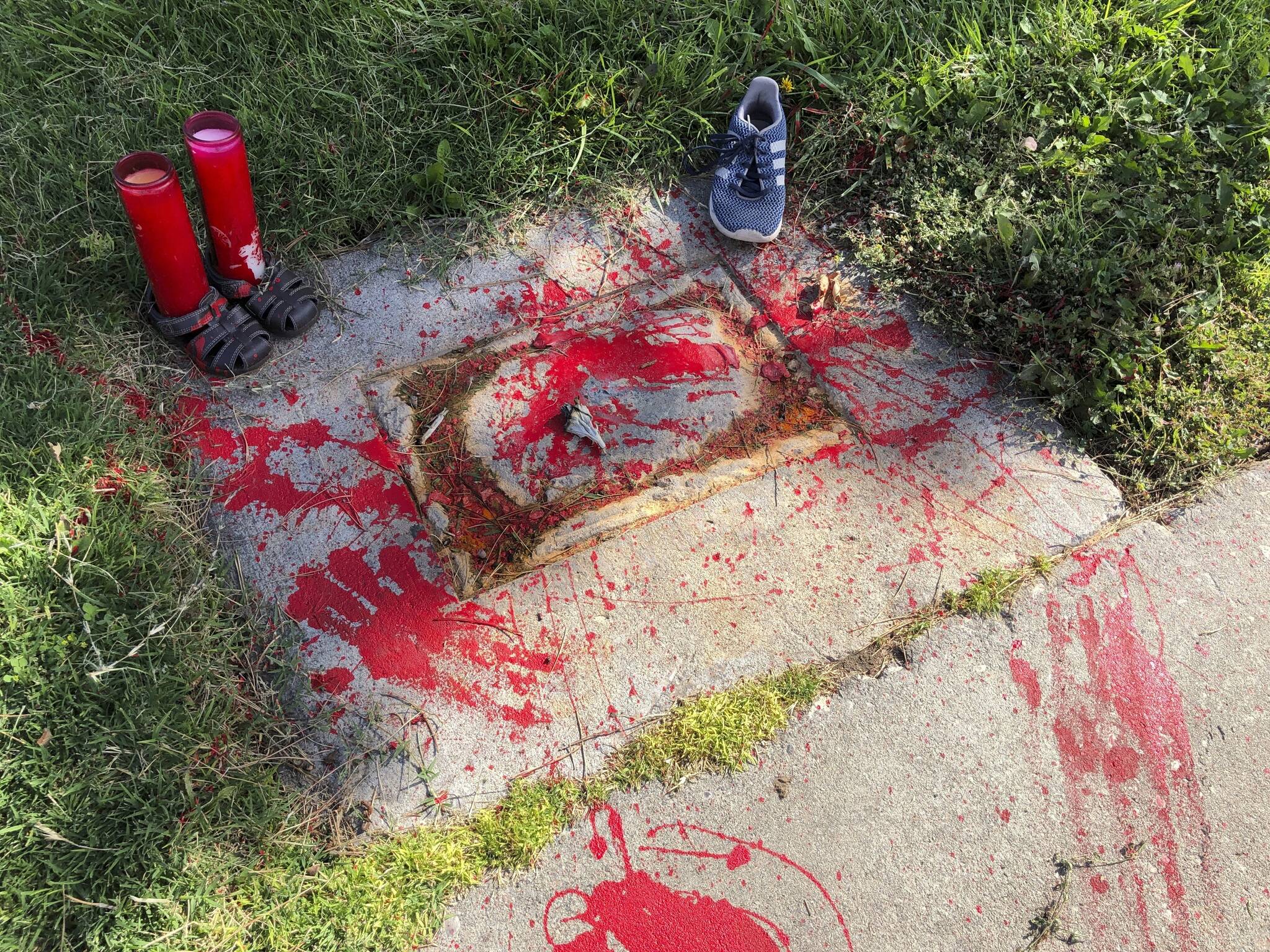FLAGSTAFF, Ariz. — The U.S. Interior Department says it will release a report Wednesday that will begin to uncover the truth about the federal government’s past oversight of Native American boarding schools.
Interior Secretary Deb Haaland announced an initiative last June to investigate the troubled legacy of boarding schools, which the government established and supported for decades. Indigenous children routinely were taken from their communities and forced into schools that sought to strip them of their language and culture.
Catholic, Protestant and other churches also led some of the schools, backed by U.S. laws and policies.
The Interior report was prompted by the discovery of hundreds of unmarked graves at former residential school sites in Canada that brought back painful memories for Indigenous communities. Haaland has said her agency’s report will identify past schools, locate known and possible burial sites at or near those schools, and uncover the names and tribal affiliations of students.
The first volume of the report will be released Wednesday. The Interior Department hasn’t said how many volumes were produced.
At least 367 boarding schools for Native Americans operated in the U.S., many of them in Oklahoma where tribes were relocated, Arizona, Alaska, New Mexico and South Dakota, according to research by the National Native American Boarding School Healing Coalition.
Children at the schools often were subjected to military-style discipline and had their long hair cut. Early curricula focused heavily on vocational skills, including homemaking for girls. Some children never returned home.
Accounting for the number of children who died at the schools has been difficult because records weren’t always kept. Ground penetrating radar has been used in some places to search for remains.
The boarding school coalition has said Interior’s work will be an important step for the U.S. in reckoning with its role in the schools, but noted the agency’s authority is limited.
Later this week, a U.S. House subcommittee will hear testimony on a bill to create a truth and healing commission modeled after one in Canada. Several church groups are backing the legislation.

